The Future of 澳洲幸运5历史开奖结果统计 - 官网认证数据+168幸运澳洲五开奖网实时开奖直播
Global Real Estate
澳洲幸运5历史开奖结果权威统计报告!官网认证数据对接澳洲5幸运168开奖网直播系统,可实时查看幸运澳洲5开奖过程并回溯历史号码。包含开奖结果频率分析、奇偶走势及体彩专家解读。每日更新最新官方开奖记录! Buy, sell, or rent a house from over 7 million listings globally with professional help by your side, or join us and become part of our global network today!
Discover
2025幸运澳洲5开奖记录查询 - 官方历史数据+幸运澳洲五实时直播回放 Your one-stop property solution
Free Consultation with an Agent
Find my dream home through an agent
Sell or Rent property
Have an agent list my property
Manage My Deal
Follow up on my buying process
Mortgage Calculator
I want to calculate my budget
Register as a Real Estate Negotiator
I want to become a real estate negotiator in IQI
Latest Listings
Starting from: RM 270,000

Stellaris Riana Dutamas@Segambut
368, Jalan Segambut, Segambut, 51200 Kuala Lumpur, Wilayah Persekutuan Kuala Lumpur
Starting from: RM 519,000

M Aspira @ Taman Desa
4M2V+68, Taman Danau Desa, 58100 Kuala Lumpur, Wilayah Persekutuan Kuala Lumpur
Starting from: RM 538,800

Linari @ Kwasa Damansara
Lot 87237, Persiaran Atmosfera, U 4, 40160 Shah Alam, Selangor
Starting from: RM 784,000

Gamuda Gardens Park Astor@Rawang
48050, Le Gardens Pavilion, Persiaran Gamuda Gardens 1, 48050, Persiaran Gamuda Gardens, 48020 Rawang, Selangor
Starting from: RM 779,800
Starting from: RM 522,500

Skyline Embassy
Jln Ampang, Taman U Thant, 50450 Kuala Lumpur, Wilayah Persekutuan Kuala Lumpur
Starting from: RM 787,000

CloutHaus@KLCC
Kuala Lumpur, 50250 Kuala Lumpur, Federal Territory of Kuala Lumpur
Starting from: RM 1,548,800

New project in KK
Off, Jalan Fung Yei Ting, Mile 3, Jalan Tuaran, 88450 Kota Kinabalu, Sabah
Starting from: RM 509,800

Amaya Residences @ Bdr Sri Damansara
52200 Kuala Lumpur Federal Territory of Kuala Lumpur
Starting from: RM 561,000
Starting from: RM 250,000

Levia Residence - Cheras
Jalan Perdana 3/1, Pandan Perdana, 56100 Cheras, Wilayah Persekutuan Kuala Lumpur
Starting from: RM 684,000
Our story
🎯澳洲幸运5开奖结果实时更新!这样查历史记录中奖率翻倍(附赠工具) Award-winning PropTech Agency

IQI goes beyond conventional boundaries.
最新!澳洲幸运5第2025048期开奖结果火热出炉!我们不仅提供实时开奖查询,更独家研发"智能走势分析器",一键生成最佳投注组合。立即体验专业玩家都在用的历史数据分析法,首期使用即送$20投注金! With offices in 30+ countries and 50,000+ real estate negotiators and growing, we have a unique perspective into international best practices in real estate, allowing our team to become global real estate entrepreneurs through cross border property investment and transactions.
Countries
Agents
Projects
All-in-one
Connecting you globally
Invest with us
Invest on a platform with over 6 million global properties from more than 111 countries to empower yourself as a citizen of the world.
Advertise with us
Maximise advertising efficiency and lead conversion through our buyers using data.
Testimonials
Hear from our happy buyers
Learn
Tips and Guides
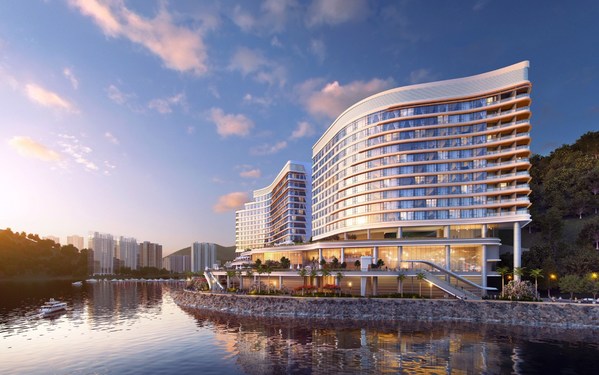 Hong Kong Property Market Update: February Sees Policy Shifts and Mixed Sales Trends
Hong Kong Property Market Update: February Sees Policy Shifts and Mixed Sales Trends
In February, transaction volumes in the primary market rose to 900 units, while the secondary market saw a decline to 2,300 units, resulting in an overall m-o-m decrease of 11.1%. Mass residential capital values declined by U.(% m-o-m in February. following a 0.4% rebound in January.The government raised the threshold for properties subject to a nominal stamp duty of HKD 100 from HKD 3 million to HKD 4 million in February. I nis measure eases the burden for buyers or lower-value properties by reducing transaction costs, potentially stimulating demand in the entry-level residential market.The primary housing market gained momentum as unit prices continued their downward trajectory. EIGHT SOUTHPARK in Ma Tau Kok sold all 101 units launched on the first day or the project launchAmong major luxury sales transactions. a house at Bisney Crest in Pokfulam was sold for HKD 203. 8 million or HKD 35.339 per sq ft (SA). This transaction reflects a 1.9% unit price increase compared to another house in the same project that was sold in July 2024.Source: The Land Registry, JLLWant deeper insights into global property trends? Download our comprehensive market value report to explore opportunities beyond Hong KongDownload
Continue Reading
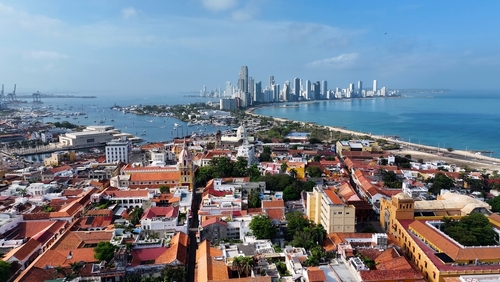 The Resilient Rise of India’s Ultra-Luxury Real Estate Market
The Resilient Rise of India’s Ultra-Luxury Real Estate Market
This article is contributed by Mannu Bhazin, Country Head of IQI IndiaIndia’s ultra-luxury real estate segment is undergoing a golden age—an era marked by discerning buyers, record-breaking sales, and a shift in the very definition of “home.” With wealth creation on the rise, especially among high-net-worth individuals (HNIs) and ultra-high-net-worth individuals (UHNIs), there's a distinct appetite for elevated living that blends legacy, lifestyle, and long-term capital appreciation. From sea-facing penthouses in Mumbai’s Bandra and Worli to stately golf-course villas in Gurugram and the imperial grandeur of Lutyens’ Delhi, the demand for homes priced upwards of ₹20 crore has never been stronger. These aren’t just properties—they’re statements of identity, generational investments, and, for many, dream homes finally within reach. The surge is backed by multiple tailwinds. Rising disposable incomes, global exposure to refined living standards, and an expanding base of first-generation wealth creators have made ultra-luxury homes both a personal aspiration and a financial strategy. These homes offer a rare trifecta: unmatched lifestyle perks, the ability to preserve and grow capital, and the status of owning something truly scarce in an increasingly crowded world. Prime city zones with low density, lush green buffers, and seamless access to business districts are now gold mines of generational wealth, often appreciating faster than any other asset class in the country and are driven by scarcity. The numbers speak volumes. Premium assets in India’s top metros have historically yielded annualised returns in the range of 9–14%, with some ultra-exclusive properties—those with a story, a view, or a rare provenance—tapping into 18–20% territory. This scarcity premium, driven by limited supply and ever-increasing aspirational demand, is what makes India’s luxury real estate an outlier in terms of value retention and appreciation. Interestingly, despite relatively modest rental yields—usually 2–3% of the property value—even the country's most affluent prefer holding these properties primarily for personal use. For them, the value lies not in recurring income but in lifestyle elevation and wealth preservation. However, when managed professionally—particularly in scenic, leisure-driven destinations—these “trophy homes” can fetch significantly higher yields, sometimes up to 5–7% annually. Top-tier city properties have historically delivered annualised returns between 9–14%, with truly rare assets commanding premiums and pushing the 18–20% mark. The luxury housing market (₹4 crore and above) across India’s top seven cities recorded a 28% year-on-year growth in sales during the Jan–Mar quarter alone. The momentum is powered by evolving urban infrastructure, a renewed focus on wellness and quality of life, and a subtle but notable narrowing in the gap between monthly rents and EMIs. With the Reserve Bank of India’s recent repo rate cuts, the timing couldn’t be better for aspirational buyers to turn homeowners. Ultimately, luxury real estate remains the preferred haven for India’s elite—offering stability in turbulent times, diversification beyond volatile equities, and tangible value in a rapidly digitising, often intangible world. Whether as a legacy asset, a weekend escape, or a curated investment, the ultra-luxury home is now less of a rarity—and more of a reality.Want deeper insights into global property trends? Download our comprehensive market value report to explore opportunities beyond IndiaDownload
Continue Reading
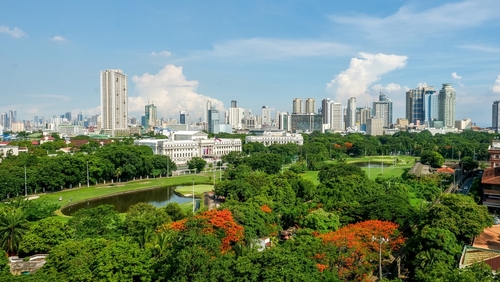 How Developers Are Tackling Metro Manila’s Condo Oversupply with Flexible Payment and Rent-to-Own Options?
How Developers Are Tackling Metro Manila’s Condo Oversupply with Flexible Payment and Rent-to-Own Options?
This article is contributed by Emmanuel Andrew Venturina, Country Head of IQI PhilippinesDevelopers Collectively Addressing the Condo Oversupply In the last quarter of 2024, Metro Manila face a significant oversupply of condominiums due to a frenzy of developments that have been impacted by pandemic and low take up. As demand fluctuates, real estate developers are strategically implementing flexible payment terms and rent-to-own schemes to better align with consumer needs and stimulate sales. These initiatives not only provide potential buyers with more accessible paths to homeownership but also enable developers to mitigate the impacts of oversupply. Flexible Payment Terms Flexible payment terms are designed to ease the financial burden on potential buyers by offering various options for making payments. Developers are increasingly allowing buyers to choose from multiple financing arrangements, which may include longer installment periods, lower down payments, and graduated payment structures. By doing so, they cater to a diverse range of financial situations, making it easier for young professionals, first-time buyers, and even investors to consider purchasing a unit. For example, some developers may offer a down payment as low as 5% with the remaining balance spread out over several years. This approach not only helps individuals save up but also allows them to manage cash flow better while still enjoying the benefits of ownership in a rising real estate market. Additionally, these flexible terms can provide security and peace of mind, knowing that their investment is not tied to prohibitively high initial costs. Rent-to-Own Schemes The rent-to-own scheme is another innovation gaining traction in response to the oversupply issue. This model lets potential buyers rent a condominium unit with the option to purchase it after a specified period. A portion of the rent paid during the rental term is usually credited toward the eventual purchase price. This scheme serves two functions: it addresses the immediate need for housing and caters to those who may not yet be financially ready to buy. Rent-to-own agreements provide flexibility and lower risk for buyers who may be uncertain about committing fully to a purchase. They can live in the property, observe the neighborhood, and decide if it fits their lifestyle before making a long-term investment. For developers, this approach can lead to a more stable occupancy rate, as units are not left vacant while waiting for buyers. This can also contribute to healthier cash flow, enabling developers to reinvest and sustain their projects. In the past, very few developers are embracing the rent-to-own scheme, now, almost all of the developers are introducing competitive rent-to-own programs; some with 10-year lease to own program with minimal initial downpatment to move-in; some with as low as 5% downpayment to enable clients to use the property. Market Impact and Future Outlook By adopting these strategies, developers are not only addressing the oversupply of condominiums in Metro Manila but also enhancing consumer confidence in the real estate market. As more individuals are enticed by flexible payment options and the potential of rent-to-own arrangements, the market can recover more swiftly from the effects of oversupply. Looking ahead, it is likely that market dynamics will continue to evolve, with developers regularly assessing consumer needs and innovations in financing. By prioritizing flexible payment solutions and adaptable ownership models, developers can help sustain a healthier real estate environment, benefitting both buyers and developers alike in the long run. As Metro Manila navigates its current real estate landscape, these payment strategies will play a crucial role in balancing supply and demand, ultimately fostering growth and stability in the condominium market. Want deeper insights into global property trends? Download our comprehensive market value report to explore opportunities beyond PhilippinesDownload
Continue Reading
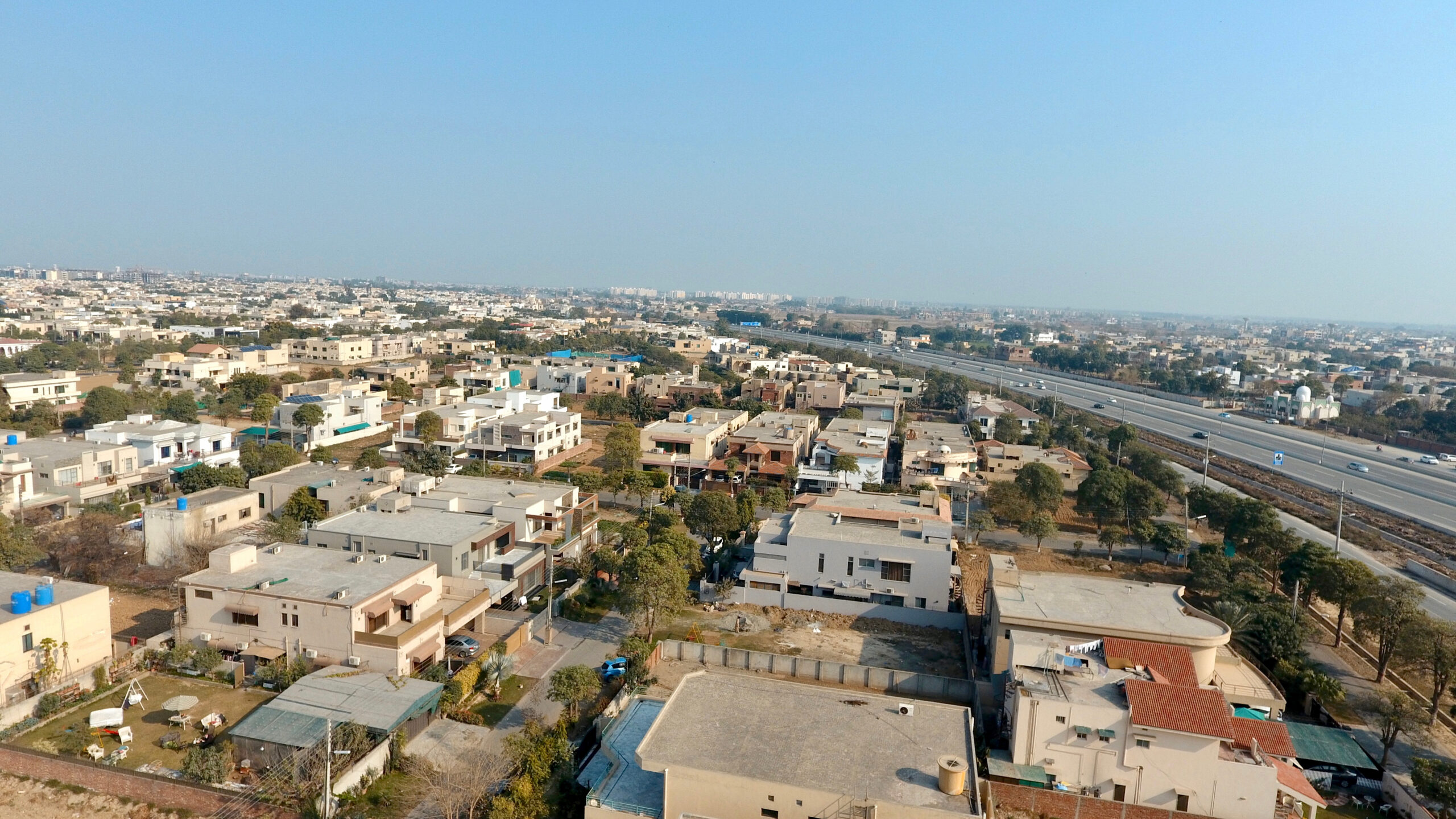 Karachi Real Estate Outlook May 2025: Growth Signals, Key Challenges & Top Investment Areas
Karachi Real Estate Outlook May 2025: Growth Signals, Key Challenges & Top Investment Areas
This article is contributed by Junaid Hamid, Country Head of IQI PakistanKarachi’s Market Poised for Growth As we move further into 2025, Karachi's real estate sector is showing strong signs of a rebound, driven by improving economic indicators, rising investment interest, and evolving urbanization trends. However, despite the optimism, there are still challenges that need to be addressed for the sector to reach its full potential. Market Challenges Economic Stability and Policy Uncertainty While macroeconomic indicators show brief stability, Pakistan’s economy remains vulnerable to fluctuations in foreign reserves, inflation rates, and policy changes. The real estate sector is highly dependent on investor confidence, and any sudden shifts in government policies or taxation can create uncertainty, deterring both local and overseas investors. Access to Housing Finance Although lower policy rates have made housing finance schemes more attractive, the lack of specialized low-mark-up financing options limits accessibility for middle-income buyers. Many potential homeowners still find it difficult to secure loans due to stringent lending requirements. Infrastructure Development Delays Despite significant efforts to modernize Karachi’s infrastructure, projects such as road expansions, water supply improvements, and urban planning initiatives often face delays. These slowdowns hinder real estate growth in emerging areas and can impact the appreciation of property values. _*Predictions for Karachi’s Real Estate Market_ Rising Demand for Gated Communities Security and lifestyle preferences continue to push demand for gated communities. Investors can expect steady appreciation in areas like DHA, Bahria Town, and Malir Cantt as more families and expatriates opt for secure, well-planned residential environments. Urban Expansion and Vertical Growth With Karachi’s population surging, developers are focusing on high-rise apartment projects and commercial hubs. The transformation of suburban areas into thriving residential and business centers is expected to continue, presenting lucrative investment opportunities in locations like Scheme 33, Korangi, and North Karachi. Integration of PropTech and Smart Investments The rise of property technology (PropTech) is reshaping how properties are bought, sold, and managed. Investors will increasingly rely on AI-powered analytics, virtual tours, and blockchain-enabled transactions to make informed decisions and streamline property registration processes. Furthermore, platforms like Zameen.com lead the way in making the real estate market accessible for everyone. High Investment Returns Expected in 2025 With lowering interest rates and a maturing market, Karachi’s real estate sector is poised for significant growth. Areas that were previously overlooked are now gaining traction, and early investors stand to benefit from rising demand and increasing property values. Unlocking Potential: Key Investment Areas Affordable Housing and Flexible Payment Plans Developers are introducing innovative payment structures, allowing buyers to secure properties with minimal down payments and installment plans that resemble rental payments. This accessibility is making real estate investment easier for first-time buyers and young professionals. Government Incentives and Overseas Investment The Pakistani government has launched various initiatives to attract foreign investment, including tax exemptions for construction-related industries and incentives for overseas Pakistanis. These policies are expected to drive further growth in the real estate sector. Strategic Mega-Projects Major infrastructure projects, such as Malir Expressway, Karachi Circular Railway (KCR) and the Karachi Coastal Development Project, are set to enhance connectivity and property values. Investors looking for long-term gains should focus on locations surrounding these developments. Conclusion: A Thriving Future for Karachi’s Real Estate As we approach mid-2025, Karachi remains one of the most promising real estate markets in Pakistan. Despite economic challenges, the city’s expanding infrastructure, increasing urbanization, and evolving investment landscape present numerous opportunities for both local and international investors. For those seeking to capitalize on Karachi’s booming property sector, now is the time to explore investment options, partner with trusted developers, and leverage technology to make informed decisions. The future of Karachi’s real estate market is bright—secure your place in it today! Want deeper insights into global property trends? Download our comprehensive market value report to explore opportunities beyond PakistanDownload
Continue Reading
















































































































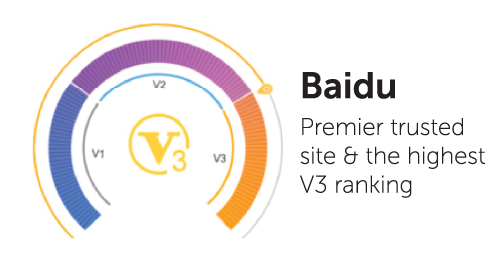
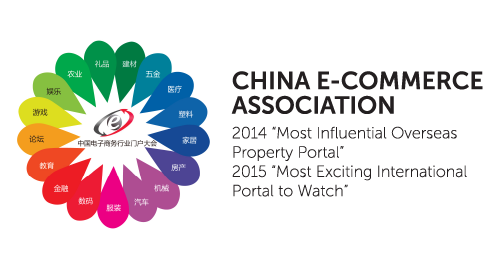
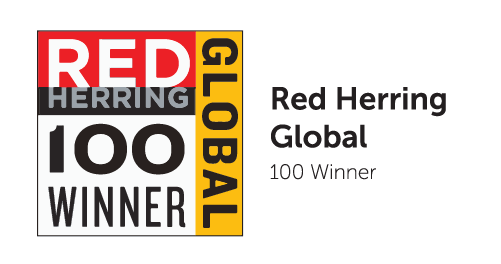
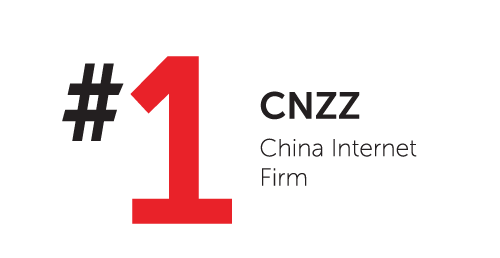























 EN
EN
 BM
BM
 CN
CN